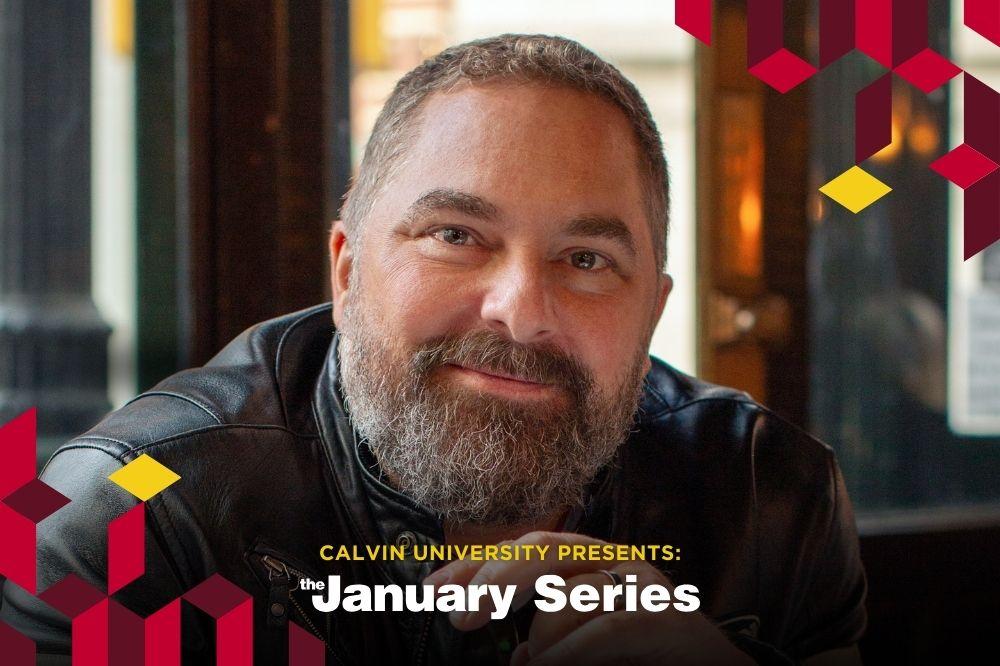Upon seeing the plane made of aluminum cans in North Hall this Interim, you may have asked yourself, “What is that?” After reading the sign, you become aware that this creation is recycled.
The questions will likely end there and the often-overlooked questions regarding recycling, such as, “Where did it come from? Why is it here? Where will it go after it’s used?” will remain unasked. Like all recyclable materials, the plane did not magically appear, and it will not magically vanish after it disappears from the North Hall display.
Every year, a group of sustainability coordinators create a physical display that will grab people’s attention and teach them something about the environment. This year, Emily Finch, Carolina Angulo, Anna Camilleri and I had the task of making something creative and informative. We found many facts about many environmental issues, but it was this quote that captured our attention:
“Between 1990 and 2000, Americans wasted a total of 7.1 million tons of cans, enough to manufacture 316,000 Boeing 737 airplanes or enough to reproduce the world’s entire commercial air fleet 25 times.” Although we hear about recycling often, aluminum cans go beyond recycling to point out flaws in the way that our society thinks about the environment and production.
As the metal of the cans bent and warped between my shoe and the concrete floor, I became appalled at the rate in which Americans use cans. Our plane contains about 240 cans, half of which were collected from Third Eldersveld during this fall semester. It is estimated that the United States consumes about 100 billion cans per year. That’s 340 per person per year.
Although cans are 100 percent recyclable, recycling in the United States has declined from 65 percent in 1992 to less than 45 percent today. While bottle returns motivate the recycling of cans, only 10 states in the United States have return systems. With the rate of cans being consumed and the lack of recycling, we are generating a lot of unnecessary waste.
Besides the amount of waste created, the extraction and production of aluminum cans causes deforestation, pollution from mining sludge and air emissions of carbon dioxide, carbon monoxide, sulfur dioxide and nitrogen dioxide (all greenhouse gases that lead to warming of the atmosphere).
In addition to pollution, “Aluminum smelting requires more energy than any other metal processing on Earth.” The majority of this energy comes from burning coal, which has a plethora of its own negative consequences for the environment. From production to disposal, aluminum cans are no friend of nature.
One of the largest problems in our society is the lack of closed-loop systems, like how aluminum cans have a linear process of extraction-consumption-disposal instead of a circular system that reuses the waste for production.
McDonough and Braungart’s book, “Cradle to Cradle,” strives to capture the consequences of a mindset where the system ends in a landfill and the benefit of a cradle to cradle system where resources are cycled through production continuously. For our display, we made sure to think through the project from cradle to cradle.
The plane is cut out of a scrap piece of oriented strand board which was originally made out of scrap lumber chips and has been used several times already for other purposes. After the display comes down, the wood will be composted.
The cans are stapled to the cut out of the plane for easy removal so that they can be recycled afterwards. While it may take some extra thought and effort, it is possible to make a closed-loop system in which few materials are sent to landfills.
As I sawed along the outline of the plane on the board, I wondered why people were not taking the time to redesign our production processes to closed-loop systems. It will be more effort initially, but making our systems sustainable, will have everlasting benefits. In the case of aluminum cans, we should simply stop using them.
Use a reusable container and buy the drink in bulk containers instead of individual servings. Coming to a curve in the design of the plane, my saw screeched and groaned unable to make the turn, and I had to switch to a different type of saw to cut the curve.
Our society is much like my first cut – only able to go in a straight line. It is hard to change the way that people think and live, but it is not impossible. If our society were like my second cut, it may take us a little more time, but we’d be able to do so much more.




